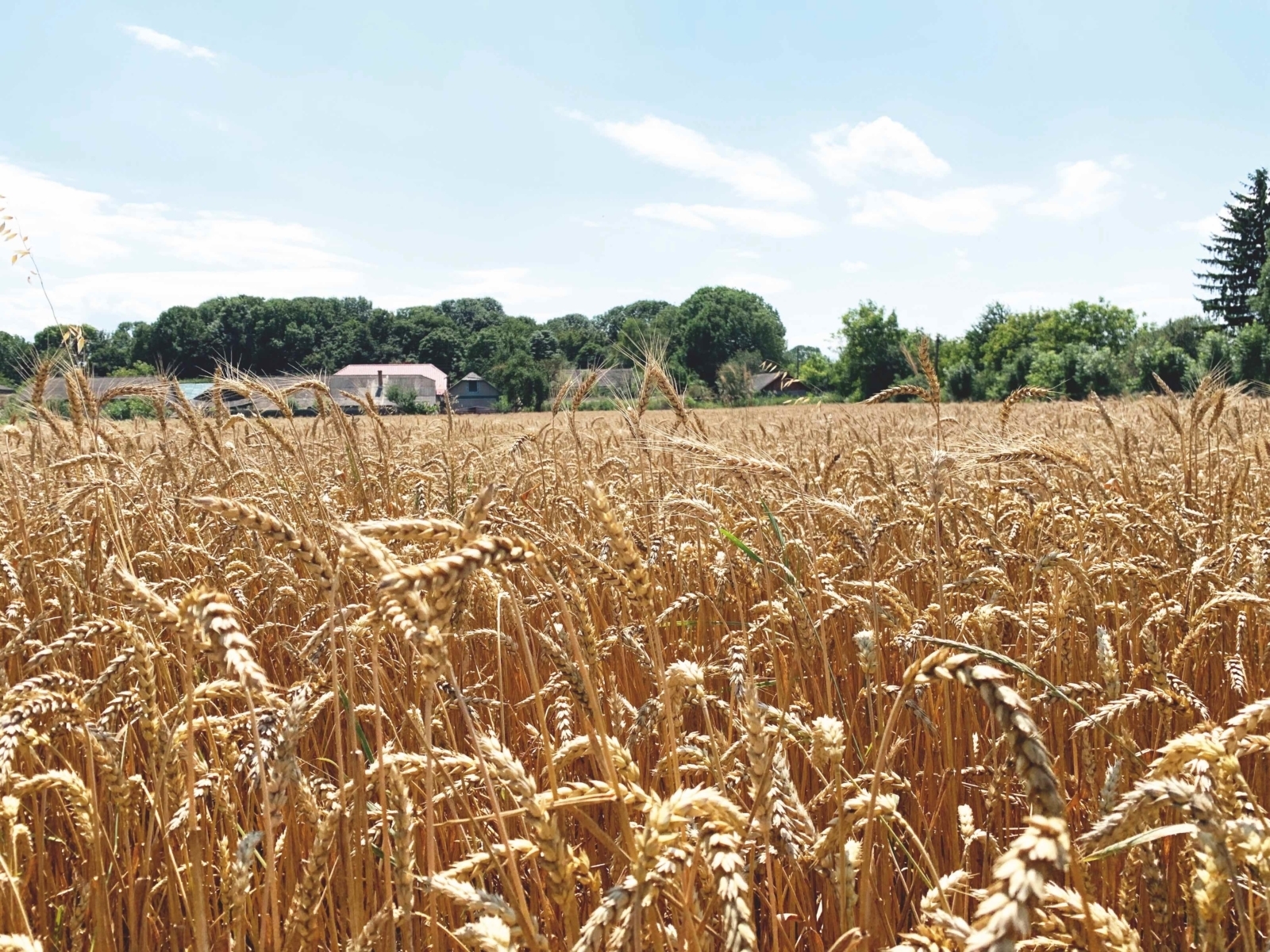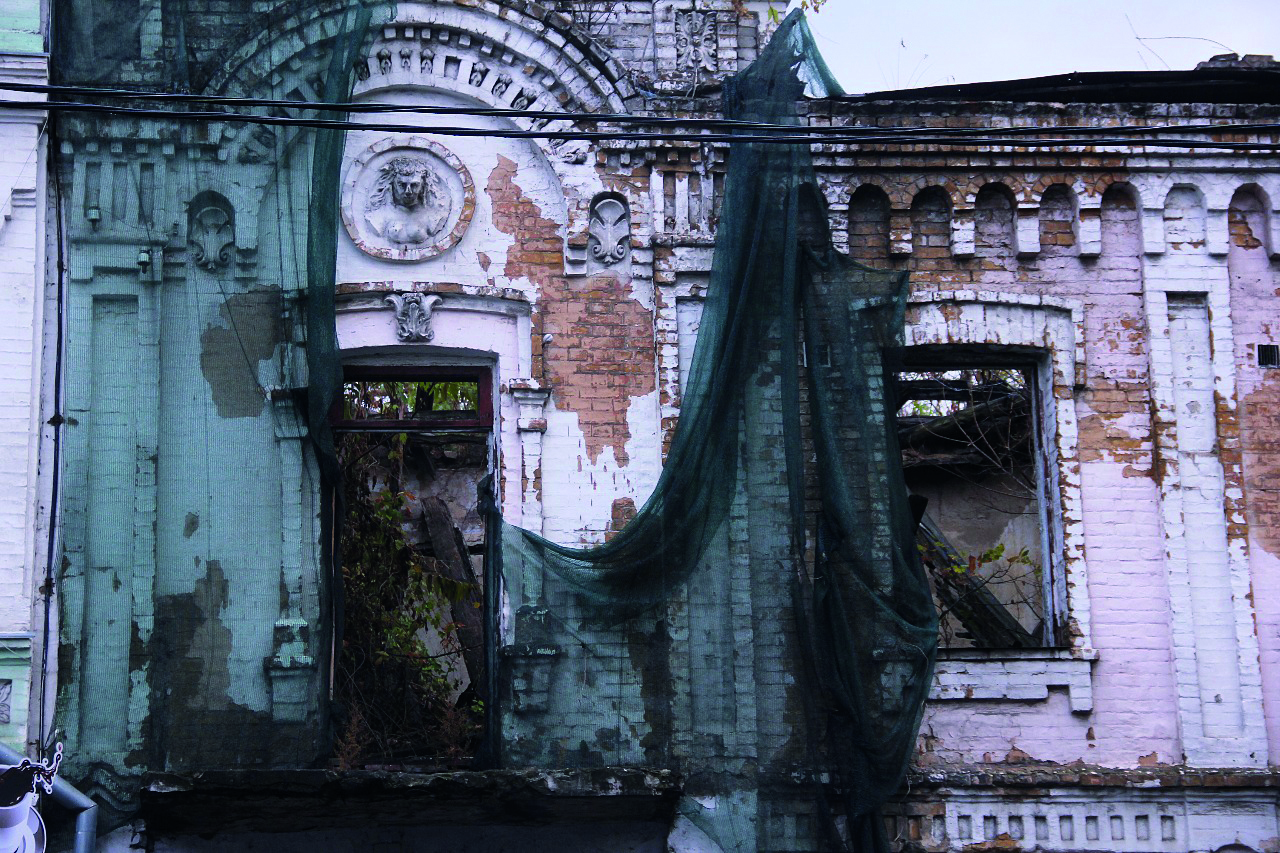Home to Hlubichok

Over 100 years ago, my paternal great great grandmother and grandfather immigrated from a village in western Ukraine to the Canadian prairies. They set off to the ‘land of opportunity’ with big dreams and the promise of 160 acres of land from the Canadian government.
Now, in the summer of 2019, my father, brother, and I set off to the village of Hlubichok with hopes of finding living relatives.
Digging up the Past
 The journey starts in a rental car in Lviv where we are given the parting advice: “If the police pull you over and ask for money, call the police.” With said instruction and the apparently rave-worthy engine in our car, we are unstoppable. And thus the journey into Ternopilska oblast begins.
The journey starts in a rental car in Lviv where we are given the parting advice: “If the police pull you over and ask for money, call the police.” With said instruction and the apparently rave-worthy engine in our car, we are unstoppable. And thus the journey into Ternopilska oblast begins.
The first stop is Ternopil, where we access the archives. My father puts in a request to find the birth certificate of my great grandfather, who was born in Ukraine and immigrated as a child along with his parents as mentioned above. For a fee of $10 and a handwritten note, we hope to hear back within a month of our request.
Driving through the Ages
In the Ukrainian villages, a 2019 Nissan Qashqai turns more heads than you’d think. The farther into Ternopilska oblast we travel, the farther back in time we go: we pass by horse-drawn carriages and something which we began to call the ‘modern horse-drawn carriage’. In this situation, the horse is replaced by a motor and a wheel and then a long neck connecting the motor to the carriage with two protruding handles meant for steering. Somehow this machine manages to take more human force to steer than a horse.
Man Hunt
We pull into the village of Hlubichok and head straight for the church. Oddly enough, no matter how many times dad pulls on the door handle it still locks every time. So we proceed to do what anybody in Ukraine would do to find information: we ask a local where the eldest villager lives.
Through a combination of misunderstanding and bad navigation we do not find the eldest villager, but we do find someone who knows of the last name we are searching for: Vasylkiv. This time, to avoid any mistakes, we are chaperoned to our destination. Not knowing what to expect, we are welcomed into the home of the Vasylkivs.
Piecing the Puzzle
The story goes that when Maria Vasyl’kiv and Petro Dziaduck (great-great-grandparents) immigrated, one of Maria’s brothers (Demian Vasylkiv) stayed behind in the village with his parents. After much conversation and exchanged emotions, the history really seems to be lining up: it’s looking like we are in the house of a descendant of Demian Vasylkiv. Of course, a walk through the cemetery is due, reinforcing the dates of the Vasyl’kiv family. Unfortunately, no living relatives of the Dziaducks (later Jaddocks) are found, though we do manage to locate the name in the cemetery – written in Polish. By the time the sun starts to set, our family has grown, pictures are taken, and contact information exchanged as there are still more pieces to connect.
Not the Last Goodbye
Needless to say, we have received the full ‘village experience’. This includes a roof over our heads, delicious food that comes straight out of nowhere, great conversation, and an invitation to come back sooner rather than later. The phone greeting of the day was “Sorry, I can’t talk right now – I have guests from Canada!”











